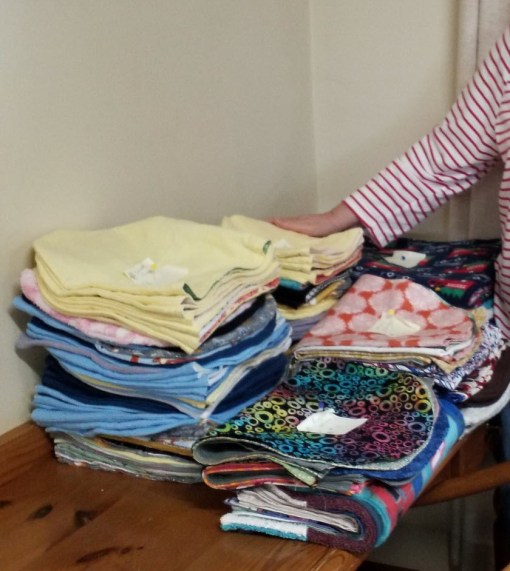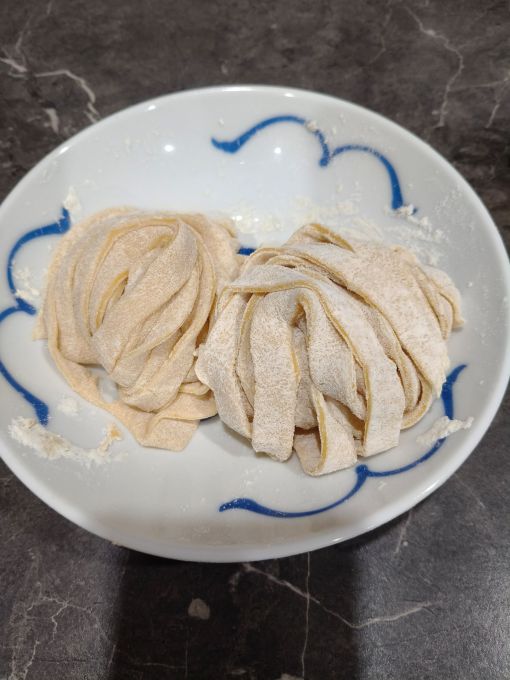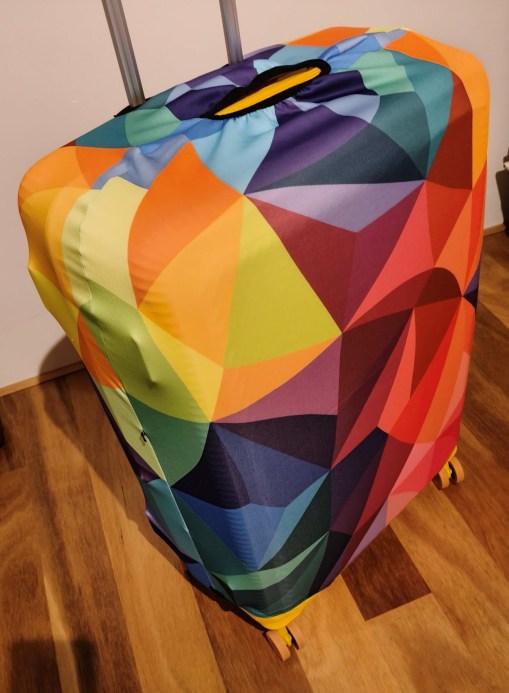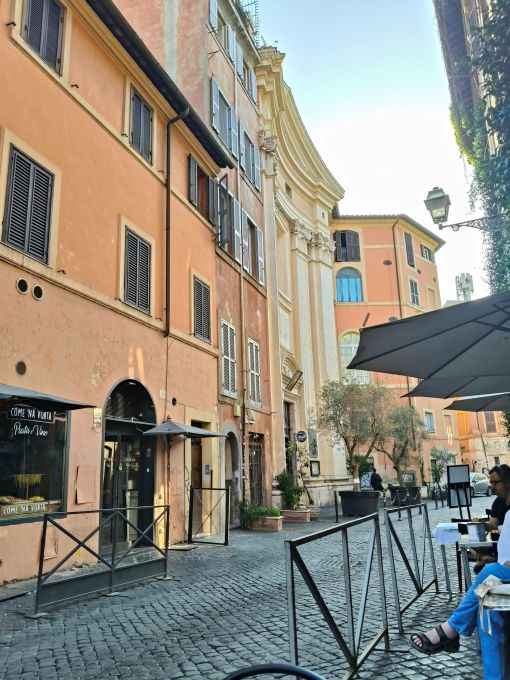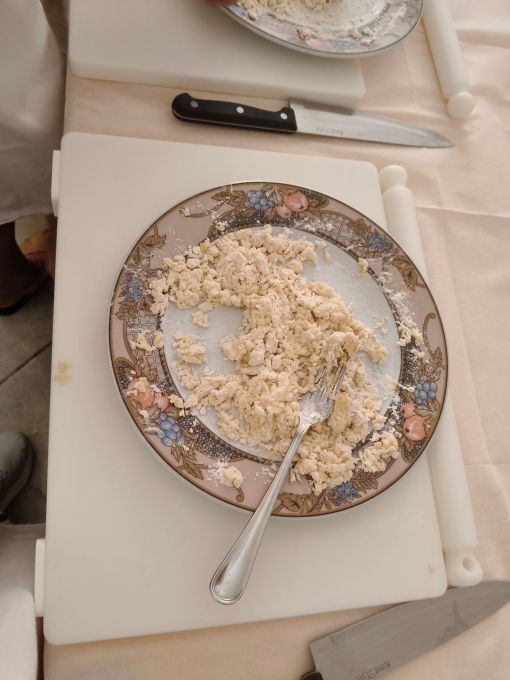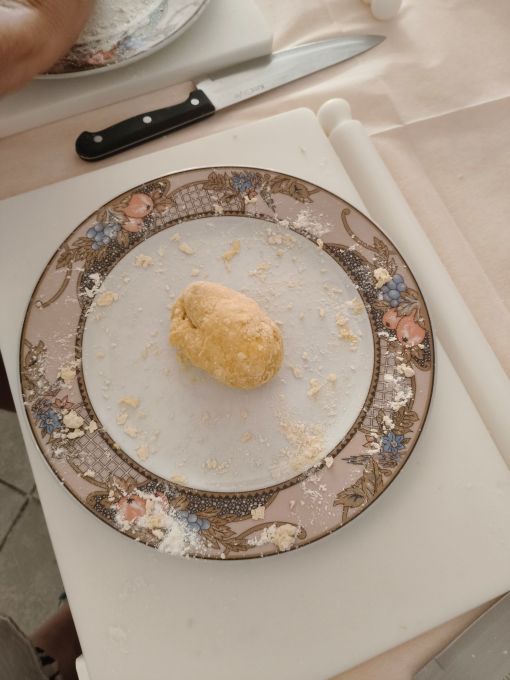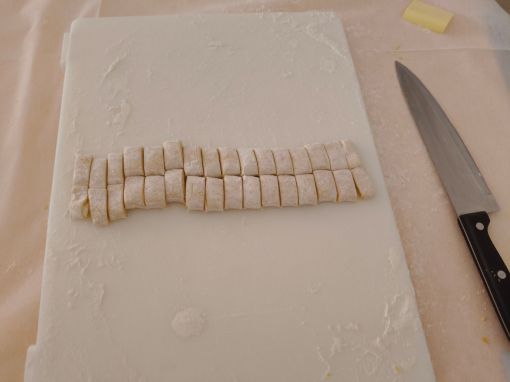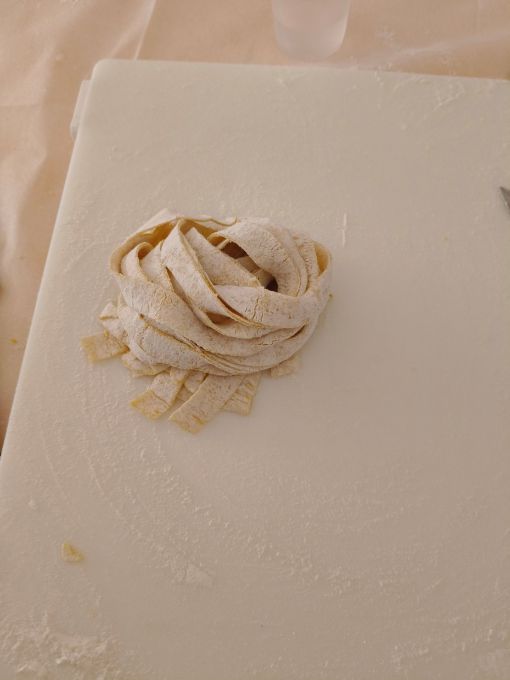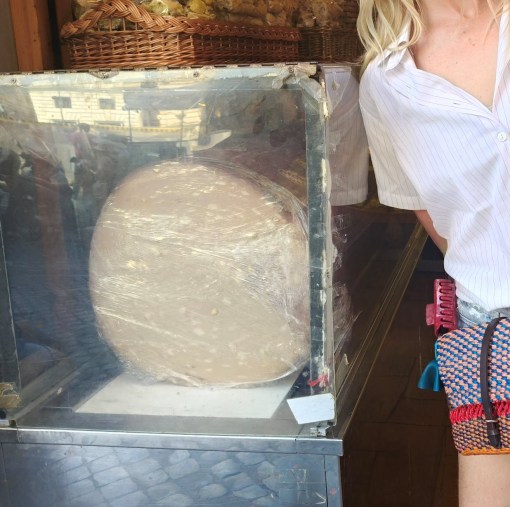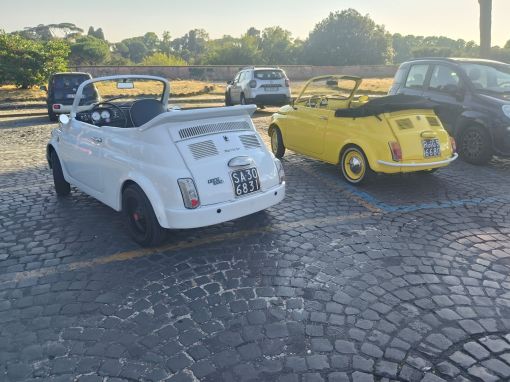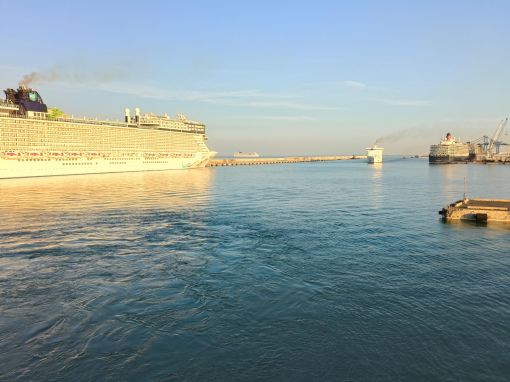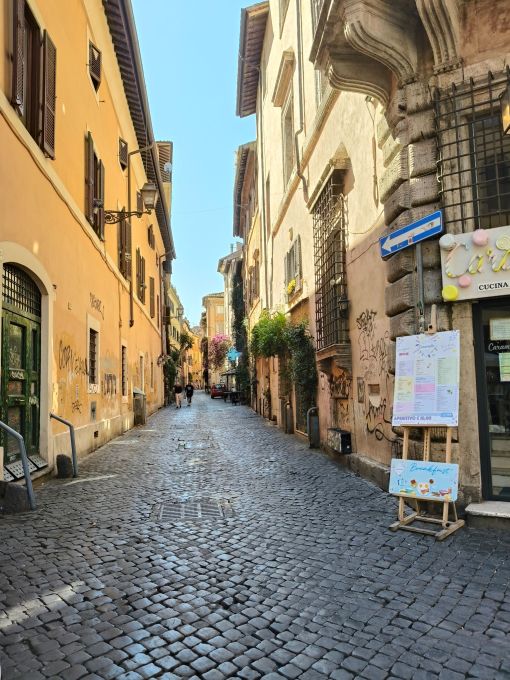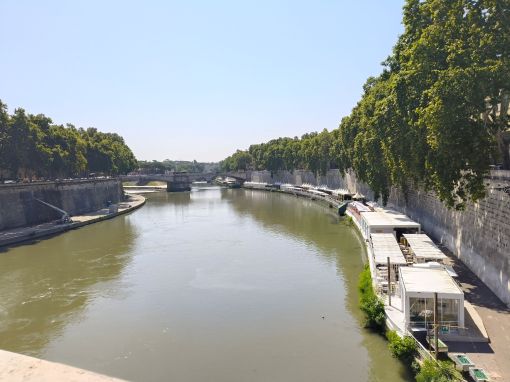Sadly, today was the last full day of our wonderful cruise. We’ve met some lovely people who have become friends, even if just for short time. The seas have been calm, the weather warm to bloody hot, and the places we’ve been have all been memorable for all sorts of reasons. Best thing, though, was that my sister has really enjoyed her first-ever cruise and we didn’t have a single cross word between us, which is not bad considering we haven’t shared premises for any length of time since we were in our late teens! We’ve decided to do this again…
But now for today’s port: Porto Cervo, on the Costa Smeralda at the north-eastern tip of Sardinia. We’d booked a shore excursion only a couple of days ago (we had on-board credit we needed to spend), which was an all-day (7+hour) sailing boat journey to the Maddalena islands, including time for swimming etc., plus food and alcohol. We didn’t book until we were sure we could cancel for no penalty if the weather was inclement or the swell was too big—yes, we could cancel up to 24 hours beforehand with no penalty. But when we were in Livorno, we decided to cancel, not for weather reasons, but because we’d be all day in the hot sun, on a small boat, with potentially a group of people we may not like and who might have had too much alcohol. It was 7 hours in the hot sun, though, that was the prime reason, much as we wanted to swim in the beautiful waters here. Also, we had to pack—on a cruise ship, they want your luggage in the corridor outside your room the night before disembarkation (by midnight for us), and we had to get everything back into our suitcases and duffels (including all the new stuff we’d bought), and leave enough in our carry-on luggage for the night and early the next day.
Back to Porto Cervo: This was a tendering port so we took the lifeboat in to shore, and were glad we’d cancelled the sailing boat trip as the swell was about a metre. I’m not sure what I was expecting—perhaps a fishing town with a long history—but that certainly wasn’t what we encountered. This is a modern town full of high-end retail outlets (it’s probably too common to call them shops… think Pucci, Ralph Lauren, Sotheby’s etc.) all arranged tastefully in such a way that you didn’t feel like it was mostly shops. At least, what we saw of the town.
The marina was full of big yachts, which weren’t quite as big as those at St Tropez and Monte Carlo. Everything was expensive, even an orange juice. In Ajaccio in a cafe overlooking the beach, I paid EU5 for a large freshly squeezed orange juice (and nowhere in Italy have we paid more than EU7). In an outside restaurant in Porto Cervo with no view, they charged me EU10 for a *tiny* glass of orange juice, and told us in no uncertain terms that they were a restaurant and expected us to buy food, not just have a cooling drink on a hot day. The snooty waiter snatched our menus, cutlery and napkins off the table with a very disgusted flourish when we said we wouldn’t be eating! He didn’t quite tell us to leave, but I think it was close. We may have been saved by the fact that we were in the midst of talking to an American couple seated at a table very close to us, who’d ordered a heap of food.
Back to that gorgeous water… We’d hoped to find a nearby public beach that didn’t cost an arm and leg to get to or to rent umbrellas etc. at (some private beach clubs charge EU700 per day for a sun lounger and an umbrella and some food and drink!!). We spotted a likely candidate right near the marina so climbed over the rocks to a tiny sandy beach and dunked ourselves into the Mediterranean again. The water was crystal clear, had mostly a sandy bottom, and we could even see some little fish swimming around. But our swim was short-lived as someone came down the marina jetty and shouted at us loudly in Italian, presumably to tell us to get out of the water (there were NO yachts on that side of the marina jetty). By then, we’d almost finished our little dip, so to prevent an international incident we got out. There were no signs of any kind to tell us we couldn’t swim there. No matter. We’d cooled off and ticked another part of the Med off the list.
A cautionary tale regarding Booking.com: While we were in Porto Cervo, my sister got a call from her son who was at baggage claim at Rome airport. He’d gone online to check the address for the accommodation we’d booked back in February/March, only to find out that the booking had been CANCELLED. He’s a quick thinker and an experienced traveller, so he’d looked for another option that would take 4 people in 4 beds for 4 nights, starting tonight, near the heart of Rome—and found a place! There were numerous calls between my nephew and sister trying to figure out what was going on and why it had been cancelled, and me trying to message the people I’d been in contact with back when the booking was made (they didn’t respond for hours). Meantime, we’re trying to check out small photos of the likely accommodation on a phone in the bright sunlight (thank goodness we didn’t do that shore excursion as we may have had no signal there), eventually just telling him to trust his judgement and book it. It ended up being a really nice apartment (thought the stairs to it were killers!) and was cheaper than the original we’d booked and was in an area known for its restaurants. It was a win-win. Later that evening, we figured out what had gone wrong and why it was cancelled. And it’s to do with how vendors on Booking.com don’t seem to be updated with email address and credit card details after a booking has been made and if the client changes either or both these details before they get to the accommodation. In essence:
- Back in February/March my sister made the Rome booking under a Gmail address that was part of her Booking.com profile; she didn’t realise this was the address used as she signed up with them a long time ago. It’s an address she basically never checks… (and she made that booking because her son was arriving a day before us, so he needed to be the main name on the booking, though this had little to do with what went wrong [I’d made all the other bookings]).
- The booking wasn’t an instant payment (pre-paid) one where the money comes out of the credit card immediately.
- Some time after making the booking, her bank issued her a replacement credit card with a new number and/or expiry date, so she checked her profile on Booking.com and changed her credit card details to the new ones, AND noticed that her email address was the old Gmail one, so she changed that to her primary email address.
- But for some reason, all communications to her about THIS booking went to her old Gmail address (I had the same thing happen to me for one of my bookings—the emails after making the booking then changing my email address, continued to go to the old address, which fortunately I had placed a ‘forward’ on to come to my main email address).
- AND when Booking.com tried to take the payment for the Rome accommodation 2 weeks beforehand, as they said they would, they were using the old credit card details, which meant the payment never went through.
- Booking.com sent her a couple of emails to her old Gmail address telling her to contact them re payment, but she never got those emails as they weren’t forwarded to her primary email address, and Booking.com didn’t use her current email address in her profile. (We found the emails when she used my tablet to log in to her Gmail address—there they were!)
- So they cancelled the booking. I’ve been in contact with Booking.com about this practice, but they’ve never responded to my messages. Be warned!
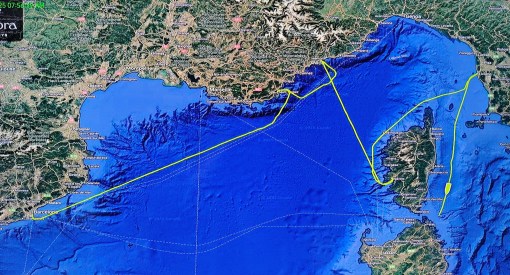
The journey so far (Barcelona to Rome leg)

Porto Cervo
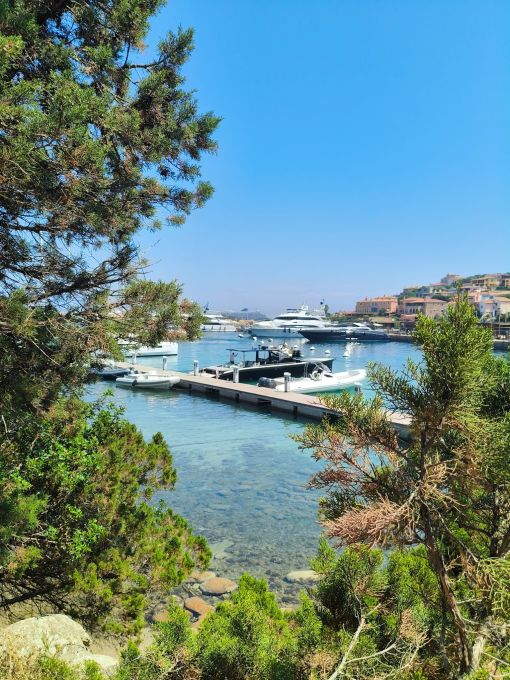
Porto Cervo

Our little (illegal?) swimming spot

2 suitcases, so much stuff!

Passionfruit martinis at our last music trivia game

